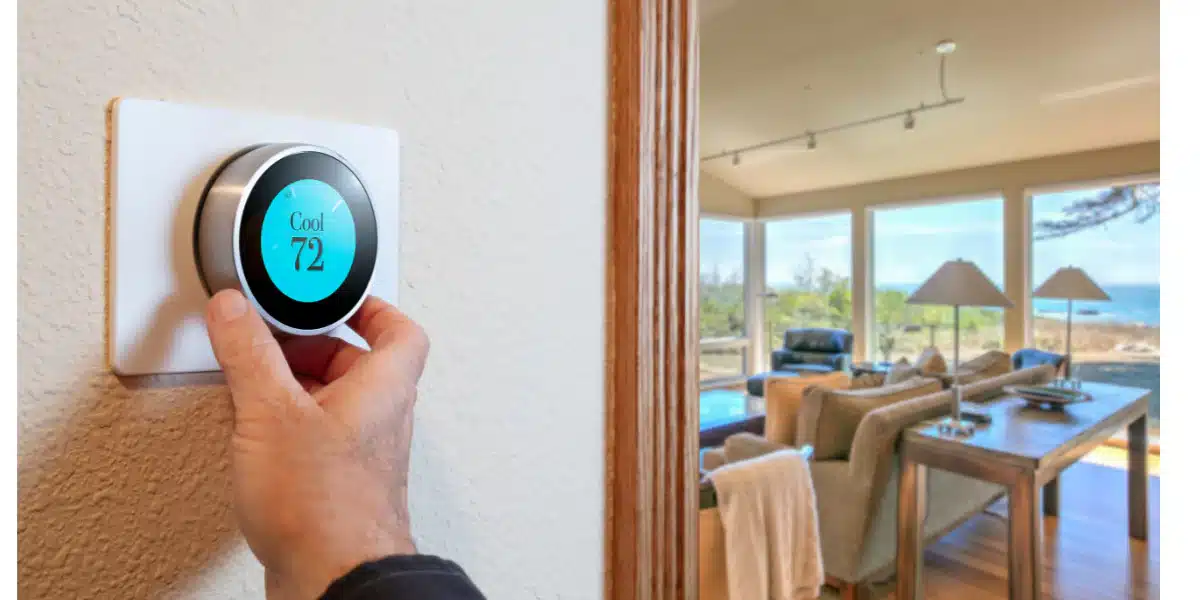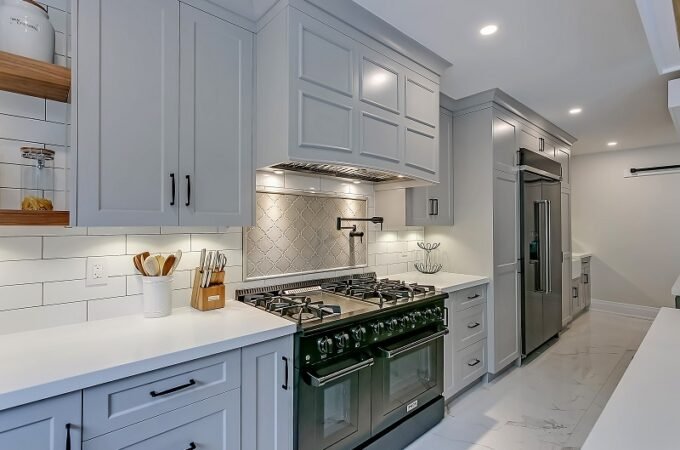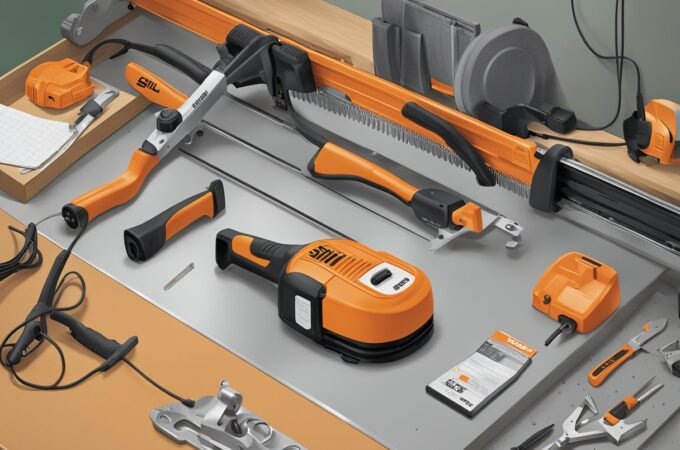
The Ultimate Guide to Thermostats: Your Key to Comfort and Savings
I Believe we both agree on the need for making the necessary adjustments to the temperatures in the house. Whether it’s relief during the hot summer season or during the winter where warmth is needed, that device which is normally a simple gadget on your walls called a thermostat does wonders to ease the climatic conditions indoors. But how does it work and why is it useful for you? Well, Let us not waste time and begin to answer the …what are timers and how can they help you save money and improve your house?
Table of Contents
ToggleWhat Is a Thermostat?
Thermostat refers to a specific device which controls the working of heating and cooling systems of a household for the sake of temperature maintenance within a range set by the user. It is like the ‘brain of the house’ that coordinates when to switch on the heating boiler or the air conditioner based on the temperature in the house. The beauty of this instrument is that after setting one does not need to keep changing it, it will maintain the air at the given temperature.
As recommended above, there are several ranges of thermostats available on the market today, which include manual and programmable types of thermostats and the most advanced smart thermostats. Let’s break them down:
Types of Thermostats
- Manual Thermostats: These are the simplest type. You manually set the temperature, which makes them affordable, but they lack energy-saving features.
- Programmable Thermostats: These allow you to schedule temperature changes throughout the day. For instance, you can set it to lower the temperature while you’re at work and turn it back up before you get home.
- Smart Thermostats: The most advanced option. They learn your daily habits and adjust accordingly. You can control them remotely from your smartphone, offering both convenience and energy savings.
Why a Thermostat Matters
While thermostats aim to enhance the comfort of the users, that is not their sole objective. It is about efficiency as well. An effective thermostat can not only conserve energy but help you avoid excessive energy bills. Smart heating systems in particular adjust settings based on the user’s comfort level and wastage of energy when the house is unoccupied is eliminated as heating or cooling does not take place. Considering the potential cut backs of these amounts, i.e., 12% for heating and 15% for cooling, why wouldn’t one consider changing the thermostat in the first place?
Thermostat Accessories
You should also think about thermostat accessories if you want to optimize your thermostat controller. These accessories such as additional sensors, their covers, and mounting plates help in increasing the system’s efficiency, and enhancing the design of the system, so that it easily blends within your house. In case you want to improve this installation, there are plenty of thermostat accessories that can be found that can add more to your overall home.
Choosing the Right Thermostat
When it comes to choosing a thermostat, several factors come into play:
- Compatibility: Make sure the thermostat you choose is compatible with your HVAC system. Not all thermostats work with every setup.
- Smart Features: If you want to control your home’s temperature remotely or use voice commands with Alexa or Google Assistant, a smart thermostat is your best bet.
- Budget: Basic manual thermostats are cheaper but lack advanced features. Programmable and smart thermostats can be more expensive, but they offer long-term savings on energy bills.
- Energy Efficiency: Look for features like geofencing, which adjusts the temperature based on your location, and learning algorithms that adapt to your daily routine.
Installation and Maintenance
If you know how to deal with basic wires, then you can try installing a thermostat by yourself, though it is usually recommended that one gets the services of an expert if unsure. After installation, always clean your thermostat as well as keep it out of direct sunlight or drafts to avoid inaccuracies in the readings.
For battery-operated thermostats, please make sure to replace the batteries at least once a year or as indicated by the system. It is also important to note that smart thermostats need updates and maintenance in order to operate new functionalities that come with the upgrades.
The Future of Thermostats
Thermostats become smarter, and they’re also more integrated with home automation systems. Still, that is nothing. In the future, picture a scenario where a thermostat responds – even better – re-calibrates itself, given real-time information such as weather prediction, or your daily routine making it even easier to conserve energy in the home. The future of climatic control is beyond the concept. And there is no stopping it.
Last but not the least, all this fuss regarding upgrading a thermostat can be compared to a small drop in the ocean but the difference can be felt in many ways. It makes living in the house easier, cuts down on energy losses and eventually is a cost-effective solution. Also, look out for thermostat considering accessories in order for you to get the most efficiency out of your system. This is the period to control the temperature of the house, and also the cost of electric energy!






